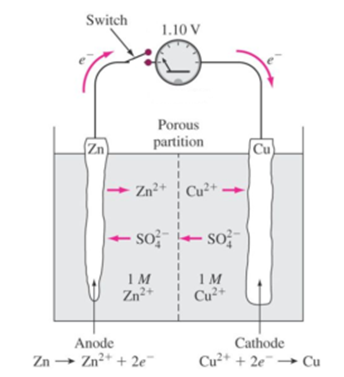There are many observable patterns in the physical and chemical properties of elements as we descend in a group or move across a period in the Periodic Table. The term periodicity is used to indicate that some characteristic properties occur in the periodic table after definite intervals, with a varying (gradual increase or decrease) magnitude. The periodic recurrence of elements having similar […]
Categories
Shielding or Screening Effect
- Post author By Hemant More
- Post date April 4, 2020
- 7 Comments on Shielding or Screening Effect
- Tags Atomic properties, atomic radius, cause of periodicity, Effective nuclear charge, Electron affinity, Electron gain enthalpy, Ionic radius, Ionization enthalpy, Ionization potential, Oxidizing agent, Periodic properties, Periodic table, Periodicity, Reducing agent, Screening effect, Screening effect constant, Shielding effect, Slater's rule
